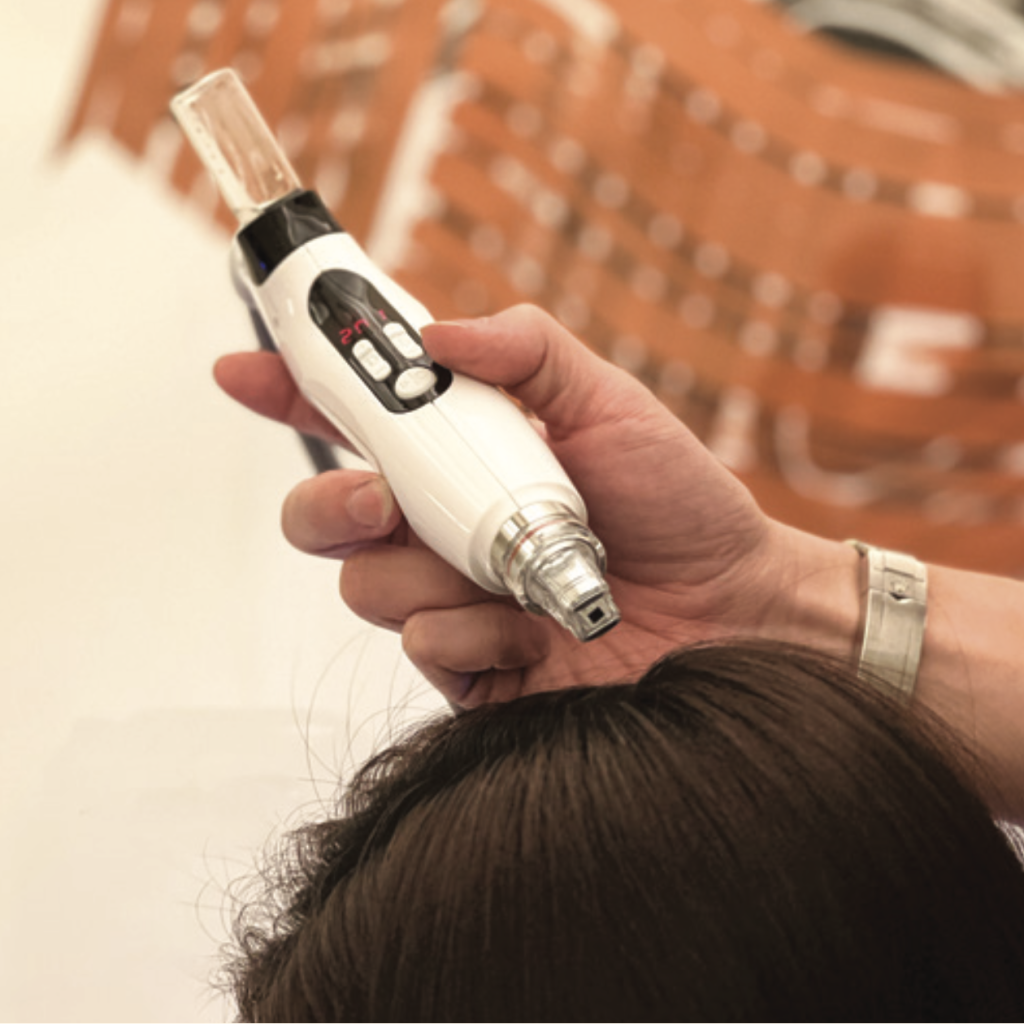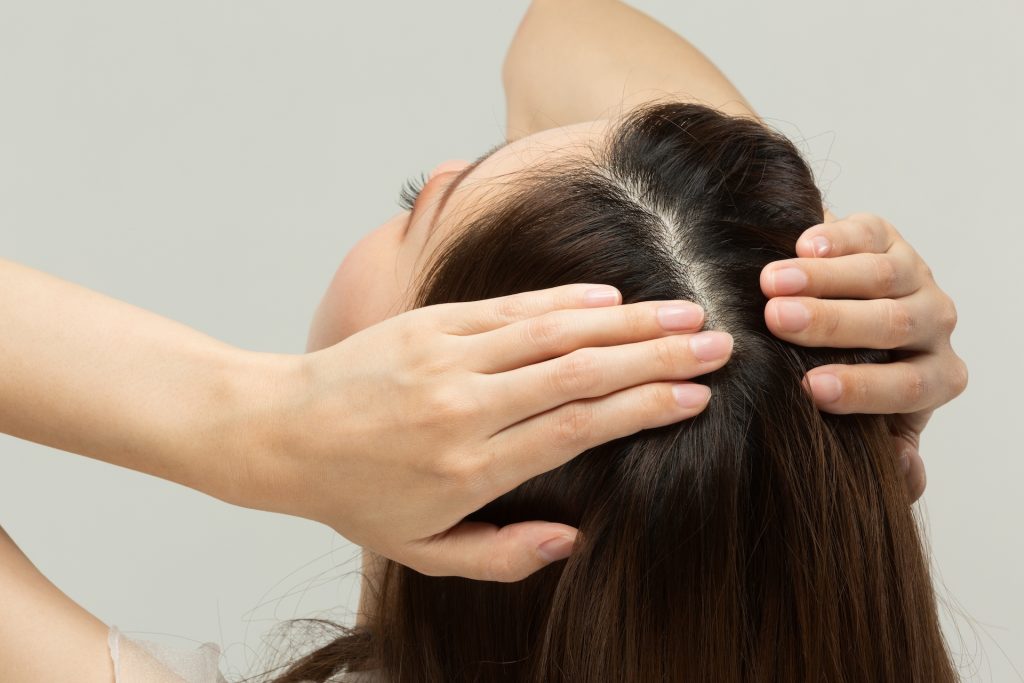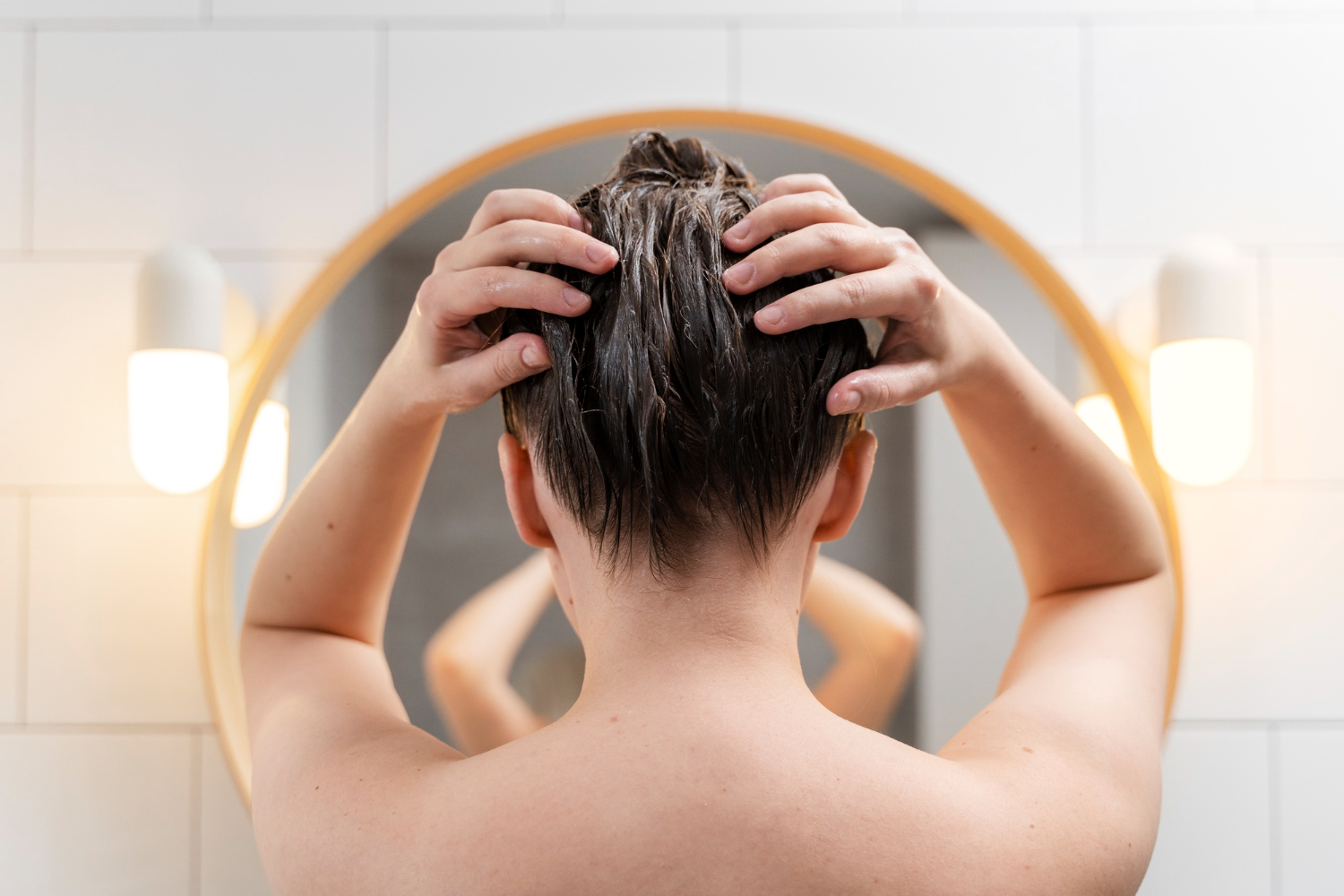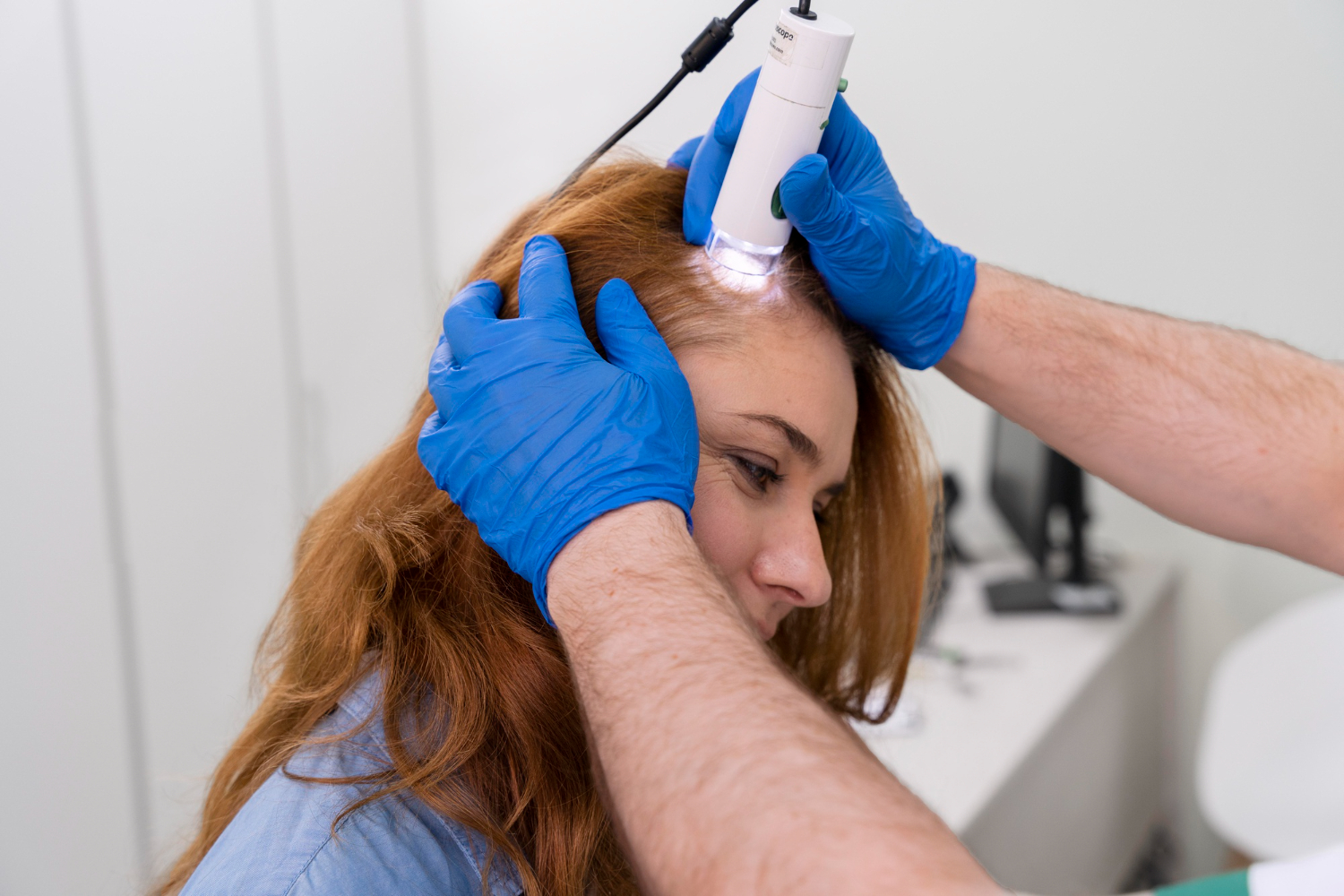Hair loss in women is a prevalent and often distressing condition that can impact self-esteem and confidence. It’s a concern that transcends age, affecting both young and older women. The good news is that there is an array of non-surgical hair treatments to address female hair loss, providing effective solutions without the need for invasive procedures. In this article, we will explore the top non-surgical treatments for female hair loss, shedding light on the options available to help you regain your hair and confidence.
Benefits of Non-Surgical Solutions
Female hair loss can be attributed to various factors, such as genetics, hormonal imbalances, stress, and aging. While it can be emotionally challenging, the use of non-surgical solutions has become an increasingly popular choice for women looking to address this issue. These treatments offer several advantages that make them a favorable option:
- Non-surgical treatments are safe and minimally invasive, reducing the risk of complications and side effects. Unlike surgical procedures, which may involve incisions and downtime, non-surgical treatments are performed in a clinical setting without the need for anesthesia.
- The effectiveness of non-surgical treatments cannot be understated. Many women experience significant hair regrowth and an improvement in hair quality after undergoing these procedures. Whether it’s the stimulation of hair follicles with Platelet-Rich Plasma (PRP) therapy or the targeted use of low-level laser therapy, these methods have been proven to yield positive results.
- Non-surgical treatments offer a practical solution, as they require less time commitment than surgical alternatives. With minimal downtime, you can carry on with your daily routine, making it a suitable choice for those with busy lives.
Non-Surgical Hair Loss Treatments
There is a wide range of non-surgical hair loss treatments:
- Platelet-Rich Plasma (PRP) Therapy: PRP therapy involves drawing a small amount of the patient’s blood, processing it to extract platelet-rich plasma, and then injecting this PRP into the scalp. PRP contains growth factors that stimulate hair follicles, promoting hair growth and enhancing hair thickness.
- Low-Level Laser Therapy (LLLT): LLLT is a non-invasive treatment that uses low-level lasers or light-emitting diodes to stimulate hair follicles. It is a painless and effective method for promoting hair growth, improving hair quality, and reducing hair loss.
- PDT Light Therapy: Photodynamic Therapy (PDT) light therapy is a non-invasive treatment that uses specific wavelengths of light to target and stimulate hair follicles. It can improve hair density and thickness, making it an effective choice for non-surgical hair loss treatment.
- Topical Solutions: There are various topical solutions, such as medicated shampoos, foams, and serums, that can be applied directly to the scalp to encourage hair regrowth and prevent further loss.
- Nutritional Therapy: Some clinics offer personalized nutritional therapy plans to address hair loss by ensuring that patients have the right balance of vitamins and minerals in their diet.
- Mesotherapy: This treatment involves injecting a combination of vitamins, minerals, and other nutrients directly into the scalp to stimulate hair growth and improve hair health.
- Nano-Needling: This is a non-surgical technique that uses a device with fine needles to create micro-channels in the scalp. This process stimulates blood circulation and encourages the absorption of topical hair growth products, resulting in improved hair growth.
- Micro-Needling: Micro-needling, also known as collagen induction therapy, involves using a device with fine needles to create tiny punctures in the scalp. This process triggers the body’s natural wound healing response, stimulating collagen and elastin production, which can lead to improved hair growth.

Choosing the Right Non-Surgical Treatment
Selecting the most suitable non-surgical hair treatment for hair loss is a crucial decision that should be made after careful consideration. Thus, here are some factors to keep in mind when choosing the right treatment for you:
- Consult with a Healthcare Professional: Before undergoing any non-surgical treatment, it’s essential to consult with a healthcare professional or a dermatologist. They can assess the underlying causes of your hair loss and recommend the most appropriate treatment based on your individual needs and medical history.
- Treatment Goals: Clearly define your treatment goals. Are you seeking to stimulate new hair growth, improve the quality of existing hair, or simply prevent further hair loss? Your goals will influence the choice of treatment.
- Treatment Duration: Consider how much time you can commit to the treatment. Some therapies may require multiple sessions over several months, so it’s essential to choose a treatment that aligns with your schedule.
- Budget: Non-surgical treatments vary in cost. It’s important to determine your budget and explore treatments that fit within your financial means. Keep in mind that multiple sessions or ongoing maintenance may be required for some treatments.
- Potential Side Effects: While non-surgical treatments are generally safe, it’s wise to be aware of potential side effects and discuss them with your healthcare provider. This will help you make an informed decision.
- Patient Reviews and Success Stories: Research patient reviews and success stories related to the treatments you’re considering. Real-life experiences can provide valuable insights into the effectiveness of a particular therapy.
- Personal Comfort: Your comfort and confidence in the chosen treatment are paramount. You should feel at ease with the procedure and the healthcare provider performing it.

Aftercare and Follow-Up
Proper aftercare and follow-up are vital for the best results. Your healthcare provider will provide specific instructions tailored to the treatment you’ve received, but here are some general considerations:
- Avoiding Direct Sunlight: Many non-surgical hair loss treatments may leave your scalp more sensitive to sunlight. It’s essential to shield your scalp from direct sunlight by wearing a hat or using a high SPF sunscreen when heading outdoors. Sunburn can be damaging and slow down the healing process.
- Hair Care Products: Follow the recommendations of your healthcare provider regarding the use of hair care products. They may suggest specific shampoos or topical treatments to support and maintain the results of your treatment. Using the right products can aid in the recovery process.
- Strenuous Physical Activity: While light exercise is generally beneficial for overall health, strenuous physical activity may be discouraged immediately after treatment, especially for treatments that involve injections or micro-injuries. Your healthcare provider will advise you on when it’s safe to resume your regular exercise routine.
- Monitoring Progress: Non-surgical hair loss treatments may require multiple sessions or ongoing maintenance. Regularly scheduled follow-up appointments are crucial to assess your progress and make any necessary adjustments to your treatment plan. These appointments allow your healthcare provider to monitor the effectiveness of the treatment and address any concerns or questions you may have.
Non-surgical hair loss treatments offer a ray of hope for women experiencing hair loss. From PRP therapy to innovative techniques like nano-needling and micro-needling, these options are safe, effective, and cater to diverse needs. Choosing the right treatment, maintaining a healthy lifestyle, and adhering to aftercare guidelines are essential steps in the journey toward hair restoration. With patience and the guidance of healthcare professionals, you can regain your confidence and embrace the beauty of healthy hair.






